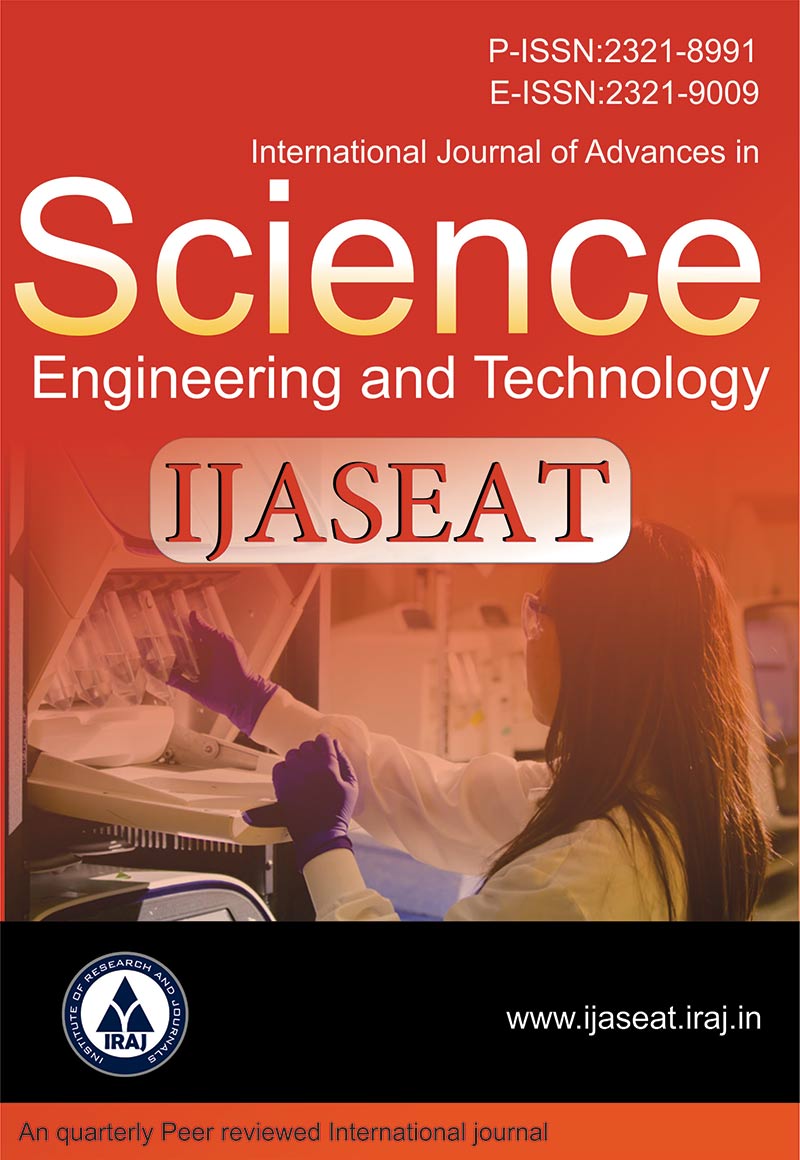Publish In |
International Journal of Advances in Science, Engineering and Technology(IJASEAT)-IJASEAT |
 Journal Home Volume Issue |
||||||||
Issue |
Volume-6, Issue-1 ( Jan, 2018 ) | |||||||||
Paper Title |
Status of Vitamin D and Metabolic Parameters in Insulin Resistance among Type 2 Diabetic Patients in North West Rajasthan | |||||||||
Author Name |
Gajanand Joshi, Ghanshyam Gahlot | |||||||||
Affilition |
Biochemist, S.P.Medical College, Bikaner | |||||||||
Pages |
14-17 | |||||||||
Abstract |
Background: The role of vitamin D in the pathogenesis and prevention of diabetes has sparked widespread interest and there is much evidence suggesting the role of vitamin D in insulin secretion, which includes the presence of the VDR in β cells and the vitamin D–dependent calcium –binding proteins in pancreatic tissue. It has been shown that vitamin D itself is essential for normal insulin release in response to glucose and for maintenance of glucose tolerance. Objective: To estimate vitamin D3 [25(OH) D3] levels to evaluate the possible correlation with insulin resistance (HOMA-IR), HbA1C and metabolic parameter in patients with diabetes mellitus type 2. Methodology: Vitamin D3, insulin and lipid profiles were estimated in 60 patients with type 2 diabetes mellitus subdivided into 2 groups according to onset of the disease. Results: 25(OH)D3 levels were lower in both group of type 2 diabetes mellitus patients than in the control group. 25(OH) D3 levels were found to be significantly associated inversely with HbA1c levels and HOMA-IR in both diabetic patients groups (p <00441, 0.0009 and 0. 0037, 0.0027 respectively). There was association between serum vitamin D level and lipid profile but not statistically significance. Conclusion: Vitamin D levels were lower in diabetes mellitus type 2 patients in both groups than in the control group where its levels were related to both glycated haemoglobin (which considered as glycemic control in diabetes mellitus type 2) and HOMA-IR. With these findings, vitamin D supplementation may improve glycemic control and insulin resistance in diabetes mellitus type 2. | |||||||||
| View Paper | ||||||||||